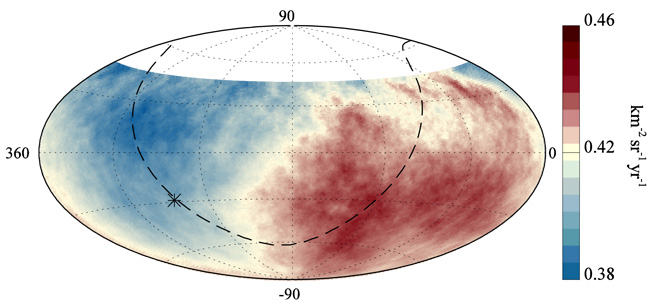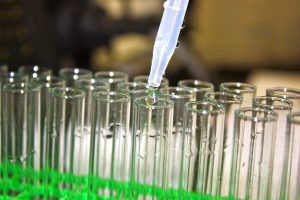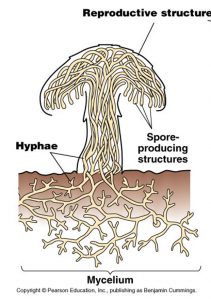Nearly a decade ago the project of the world’s first most sustainable and developed city has started, this city is Masdar City. Masdar is a renewable energy company based in Abu Dhabi. The project costs approximately 22 billion $, it first began in 2006, and it’s planned to contain more than 1500 businesses after it’s awaiting completion in 2030. Masdar should be a model for our future cities.
So what is special about this city?. In today’s world, access to a dependable energy supply is becoming more difficult day after day, and everyday the demand for energy grows bigger and bigger. This 6 km² city uses green materials for the infrastructure and reduces water and energy consumption by 40% compared to an average city of its size and advancement. Masdar city is also the first zero-carbon and a zero-waste city.
Masdar is home to the one of the most advanced solar energy technology in the world. It uses multiple solar power plants to convert the sun’s heat into electricity. The city supports scientific research to find efficient methods to increase the energy production reduce the consumption.

Image 2: The 10MW Solar Photovolatic Plant in Masdar City
Since the average temperature in Abu Dhabi is 36°C, the buildings use social canopies to provide shade to walking pedestrians and thus reduce the energy consumed in air conditioners.
As we know transportation has one of the biggest effects on the environment, and the amount of fuel used by vehicles is enormous, so how does Masdar City deal with this problem? The city uses a Personal Rapid Transit (PRT) that rely on solar energy. This electronic train like vehicle carries three to six passengers and it moves along built guideways.

Image 3: Masdar’s PRT system
Masdar is the city of the future and a model for what our cities should develop to.
Renad Aldebasi






















